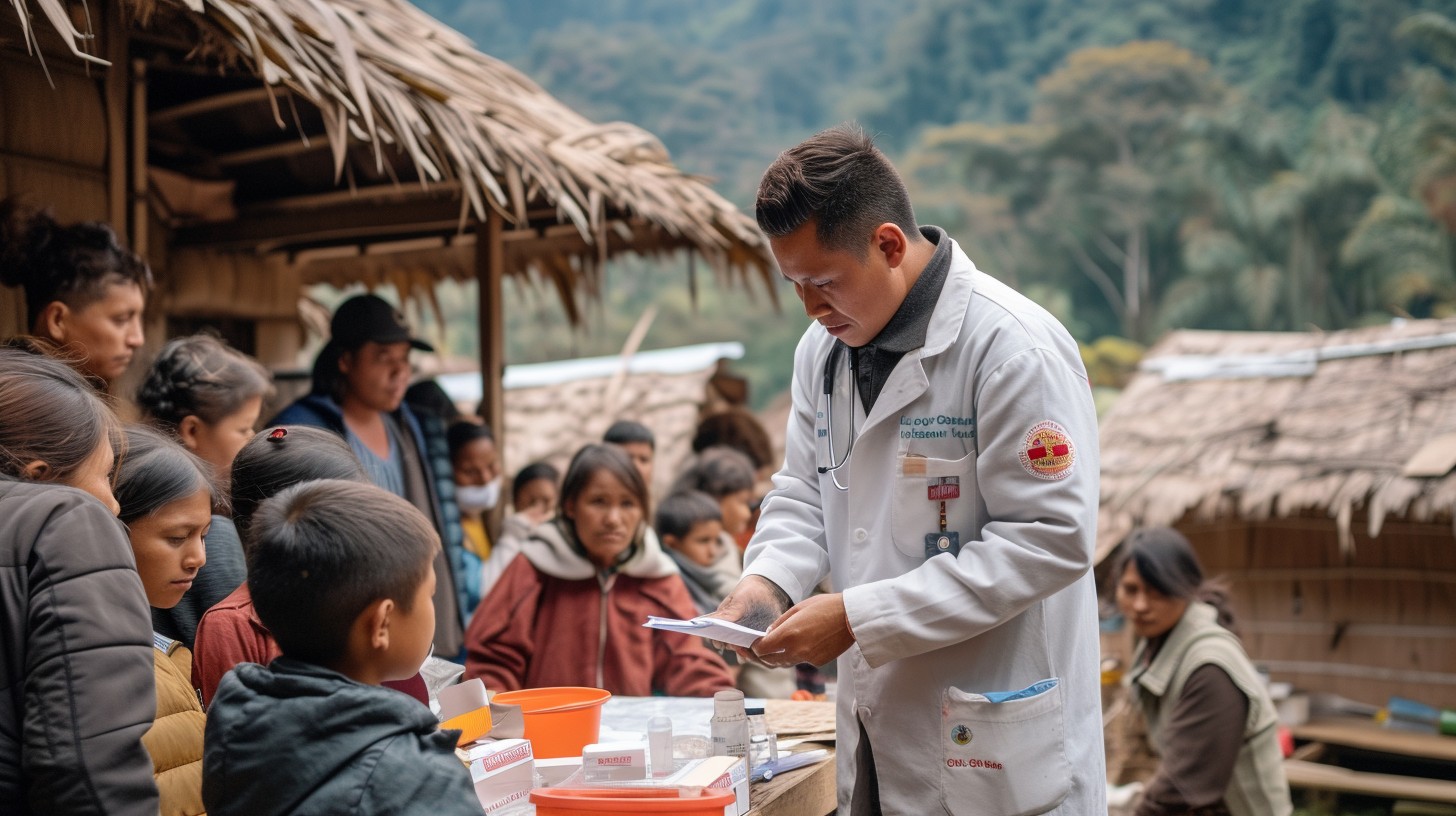Photo by StockCake
Affordable Solutions for Global Health Challenges
Healthcare accessibility remains a significant challenge in developing countries, where economic and infrastructural barriers often prevent millions from receiving the care they need. According to the World Health Organization (WHO), at least half of the world’s population lacks access to essential health services. While many solutions are expensive and out of reach, a new wave of affordable health tech is emerging, bringing critical care. These innovations are revolutionizing global healthcare, proving that impactful solutions don’t always come with a hefty price tag.
1. Portable Ultrasound Devices
Ultrasound technology plays a vital role in diagnosing medical conditions, particularly in maternal and fetal health. However, traditional ultrasound machines are expensive and difficult to transport, making them inaccessible in rural and less privileged areas.
Enter portable ultrasound devices. These lightweight, affordable alternatives connect directly to smartphones or tablets, enabling healthcare workers to conduct diagnostic scans on-site. For example, a device like Butterfly iQ costs significantly less than a traditional machine and is small enough to fit into a backpack. These devices are making an enormous difference, allowing early detection of complications during pregnancy and reducing the risk of maternal and neonatal deaths. By removing logistical and financial barriers, portable ultrasounds are ensuring that even the most remote communities have access to lifesaving diagnostics.
2. Solar-Powered Oxygen Concentrators
Oxygen therapy is critical for treating respiratory illnesses, yet in many developing countries, unreliable electricity can make it impossible to provide consistent care. Solar-powered oxygen concentrators are stepping in to bridge this gap.
These innovative devices use solar panels to power oxygen generation, ensuring that patients in off-grid areas have uninterrupted access to treatment. Organizations like PATH have developed solar-powered concentrators that are affordable and easy to maintain, making them ideal for low-resource settings.
In regions heavily impacted by diseases like pneumonia or COVID-19, these devices are saving countless lives. They also reduce dependency on expensive, imported oxygen cylinders, providing a more sustainable solution for healthcare facilities.
3. 3D-Printed Prosthetics
Prosthetic limbs are often a luxury in low-income countries, where traditional manufacturing costs can be excessive. 3D printing technology is changing this narrative by making customized prosthetics accessible and affordable.
With the ability to produce prosthetic limbs for as little as $50, 3D printing is restoring mobility and independence to individuals who might otherwise go without. Nonprofit organizations like e-NABLE are using this technology to provide prosthetics to underserved communities worldwide.
The benefits extend beyond affordability. 3D printing allows for rapid production and easy customization, ensuring that each prosthetic fits the recipient perfectly. This innovation is giving people not just the ability to walk again, but also the confidence to rebuild their lives.
4. Mobile Health Applications
In many developing countries, physical access to healthcare facilities is a major challenge. Mobile health applications are addressing this issue by putting healthcare resources directly into the hands of users.
These apps offer a range of services, including symptom checkers, telemedicine consultations, and medication reminders. One standout example is mDoc, an app designed for low-resource settings that connects patients with healthcare professionals for virtual consultations.
For individuals with chronic conditions, these apps can be lifesaving. They empower users to monitor their health, adhere to treatment plans, and seek medical advice without the need for costly or time-consuming travel.
5. Low-Cost Water Purification Systems
Access to clean water is one of the building blocks to good health, yet billions of people worldwide lack this basic necessity. Affordable water purification technologies are transforming this reality, providing simple yet effective solutions to prevent waterborne diseases.
One such technology is the LifeStraw, a portable filtration device that removes 99.99% of waterborne bacteria and parasites. Another is solar water disinfection (SODIS), which uses sunlight to kill harmful microorganisms in water. Both methods are low-cost, easy to use, and scalable, making them ideal for communities with limited resources.
These systems are not only improving health outcomes but also empowering communities to take control of their water supply. By reducing reliance on expensive or inaccessible purification methods, they are fostering long-term resilience.
6. Paper-Based Diagnostic Tests
Imagine diagnosing a disease with a test that costs less than a dollar. Paper-based diagnostic tests are making this possible. These compact, easy-to-use tests can detect conditions like malaria, HIV, and diabetes with high accuracy.
The simplicity of these tests makes them accessible to community health workers, who can administer them in remote areas without specialized training. For example, the XRapid diagnostic kit uses paper microfluidics to deliver results within minutes, enabling faster treatment decisions.
By providing affordable, on-the-spot diagnostics, these tests are reducing the time and cost of healthcare delivery, ensuring that more people receive timely care.
Affordable health technologies are proving that transformative solutions don’t have to come with a hefty price tag. From portable ultrasound devices and solar-powered oxygen concentrators to 3D-printed prosthetics and paper-based diagnostic tests, these innovations are breaking down barriers to care and saving lives.
As the world continues to prioritize healthcare equity, these technologies offer a blueprint for how innovation can drive meaningful change. By focusing on affordability and accessibility, we can ensure that no one is left behind in the pursuit of better health.



No responses yet